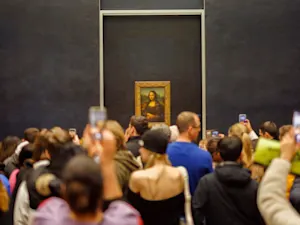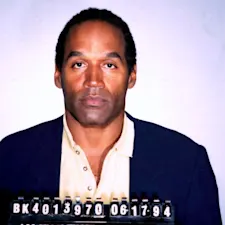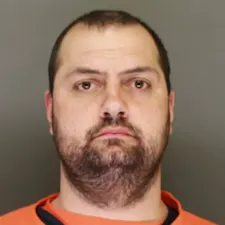
History's Greatest Masters of Deception
How do we argue who's a "successful" con artist? Is success for such confidence crimes based on how much money the perpetrators fleece from their victims? Or maybe how long it takes them to get caught? Or better yet if they escape justice altogether? It could be a combination of all three!
Charles Ponzi
In 1920s Boston, Italian immigrant Charles Ponzi claimed to have a secret investment formula that would pay huge returns to investors. To his first investors' shock, he appeared to be able to back up his claims, returning 50-100% profits.

Those first investors shared the news with their friends, and word spread. Ponzi quickly amassed nearly $32 million from investors, about $500 million in today's money. Ponzi was a financial star.
But Ponzi wasn't investing the money he received. He was just pooling the money he got, skimming off the top for himself, and using the remainder to pay off old investors, creating the illusion of profits. So long as more investors joined in, he was set.
Eventually, the investments did dry up, Ponzi was caught, deported, and later died broke in Brazil. He got to live on in infamy as his name was forever associated with the scam he pulled: the Ponzi Scheme.
Natwarlal
Born Mithilesh Kumar Srivastava, Natwarlal is India's most famous con artist, so talented in crime other con artists are called Natwarlal in his honor. A master forger and trickster, his most famous scam was dressing as a government official and "selling" the Taj Mahal to gullible tourists.

But Natwarlal was also a brilliant escape artist, breaking free from custody several times. After one arrest in 1957, he bribed the guard into giving him a superintendent uniform, allowing him to walk out of the prison unmolested. Only then did the guard discover the "bribe" was mostly worthless newspapers. According to one account, the box containing the newspapers then burst into flames.
Allegedly, while in a wheelchair no less, Natwarlal disappeared at the age of 84 while being transported from his prison to the hospital and was never seen again.
Gregor MacGregor
The Cazique (prince) of Poyais, an island kingdom off the coast of modern-day Honduras, Gregor MacGregor described Poyais as a land of riches, with rivers glittering with actual gold. In the 1820-30s, he encouraged hundreds of investors to buy Poyais bonds, and dozens of families made the trek to the island for the chance of a better life.

Only one problem: Poyais didn't exist. There was an island, but it was completely uninhabited, not good for farming, and with no gold to speak of. Deaths from disease and starvation followed.
MacGregor continued this scam for years before eventually being discovered and arrested. He retired (or fled from angry investors) to Venezuela having scammed people of the equivalent of $5 billion in today's money.
Elizabeth Holmes
As a student at Stanford University in 2003, Elizabeth Holmes had a brilliant idea: a blood sample analysis machine that only required the tiniest amount of blood. From a tiny drop, her machine — the Edison — could discover and predict innumerable diseases.
Holmes dropped out of college, founded her start-up company Theranos, and secured billions in investments. By 2014, at age 30, Holmes was the world's youngest self-made woman billionaire worth a colossal $4.5 billion.

Theranos did have something of a stumbling block though: the Edison didn't work. It never worked, and according to medical science, it could never work. Holmes had been faking successful results to keep investments coming in using other companies' machines. Worse, sometimes the machines would just give out inaccurate diagnoses.
When the Wall Street Journal and eventually the Centers for Medicare and Medicaid Services investigated, Holmes was caught. In 2022 she was found guilty of fraud, her legacy now reduced to the most successful female con artist in history.
Keeping yourself safe from con artists means staying vigilant and using your critical thinking skills. Above all, remember the golden rule: if it sounds too good to be true, it probably is.
References: 9 Most Notorious Con Artists In History And Their Famous Scams | Anna Sorokin, Simon Leviev & 8 More Of The Biggest Con Artists From Around The World | 8 of History's Most Famous Charlatans, Con Artists, and Tricksters | 5 of History's Most Cunning Con Artists | Elizabeth Holmes | Elizabeth Holmes | In Ponzi We Trust























